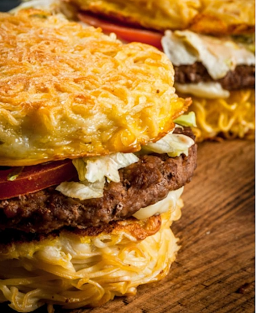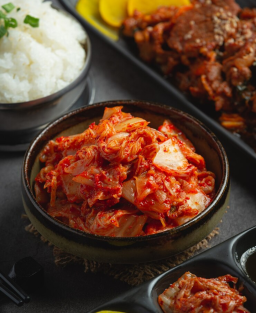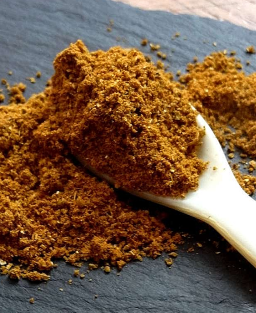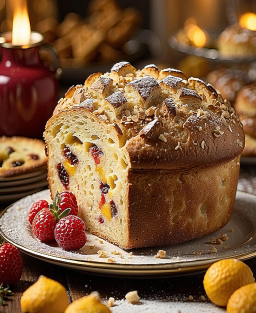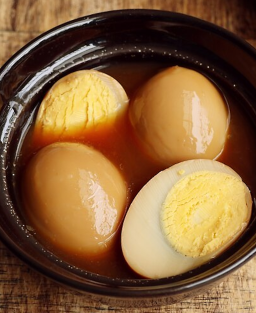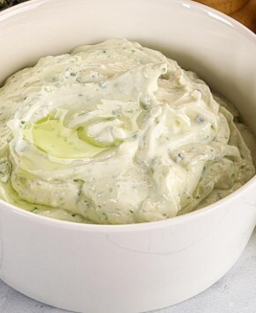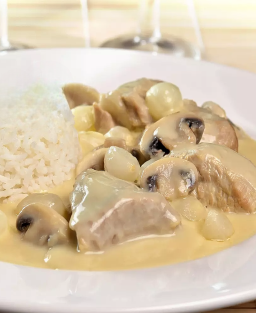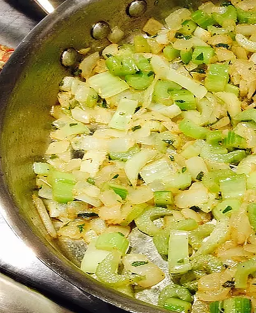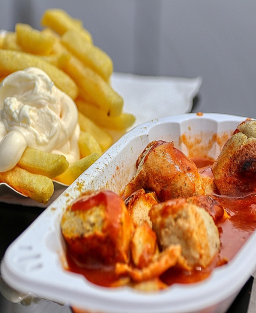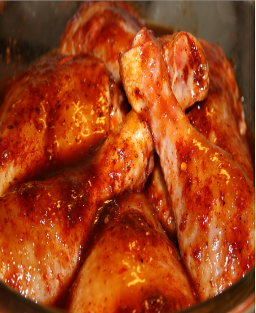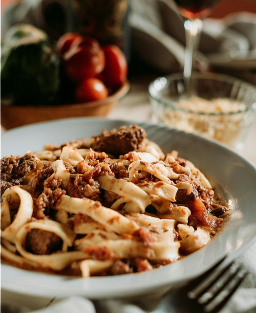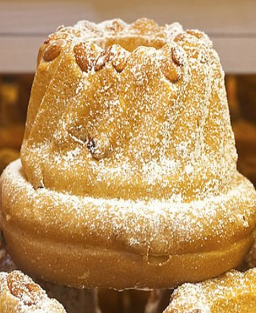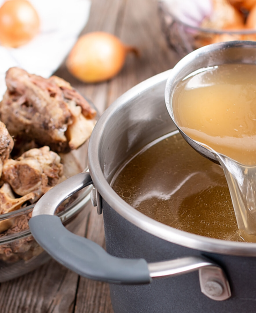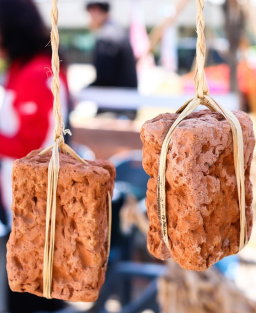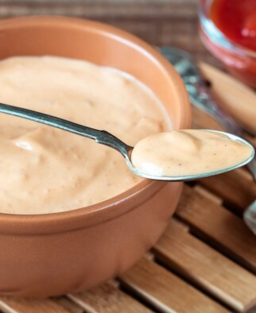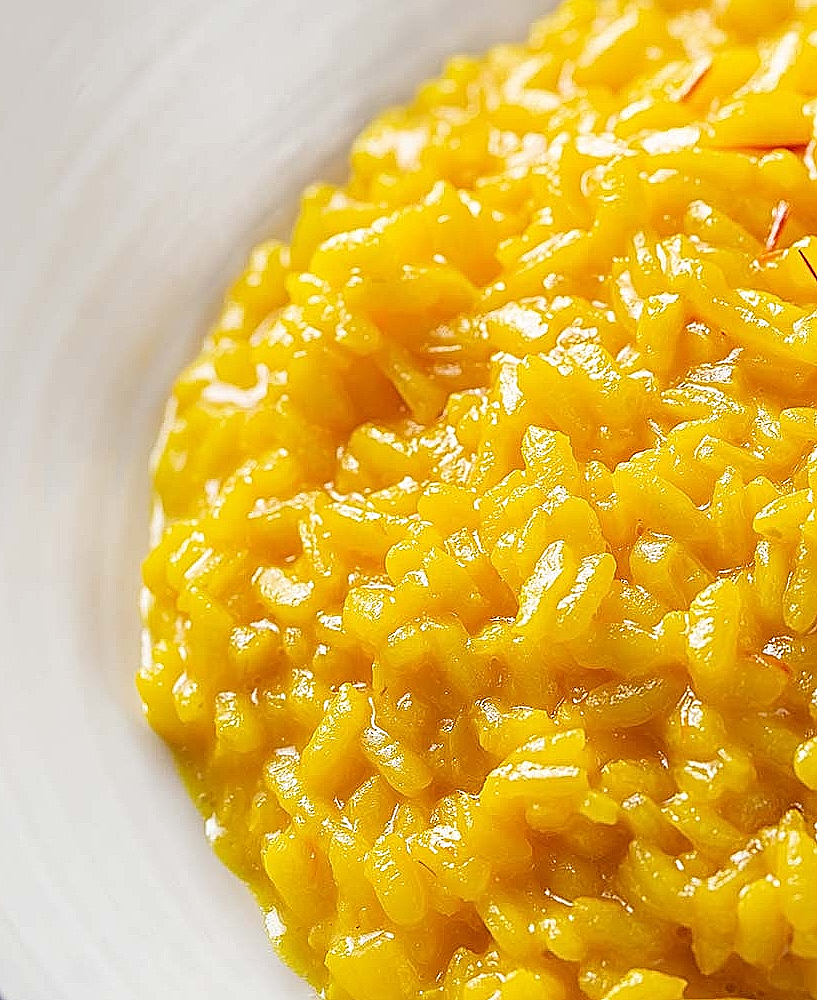- Out-of-Stock
Classic Risotto alla Milanese Recipe Revisited: Period Flavors for an Iconic Dish
Classic Risotto alla Milanese Recipe Revisited: Period Flavors for an Iconic Dish
Risotto alla Milanese Recipe – Historical Version (Period Interpretation)
Risotto alla milanese (in Italian) comes from Milan, in Lombardy, northern Italy. It is closely tied to Lombard culinary tradition, which values rich, hearty dishes often made with butter, meat, and rice.
Risotto alla milanese derives from rice cooking techniques developed in northern Italy after rice was introduced to Lombardy in the 15th century, via the Arabs in Sicily and later the Spanish.
Originally, rice was cooked somewhat like grains: in broth or water, sometimes with meat.
The modern risotto, with its creamy texture and gradual absorption of broth, appeared between the 17th and 19th centuries thanks to evolving culinary techniques and the abundance of butter and cheese in the region.
Risotto alla Milanese is thus one of the first risottos identified by a regional name and remains the most famous today.
First Written Record
The earliest known mention of a recipe resembling risotto alla milanese dates to 1829, in an Italian cookbook titled Nuovo Cuoco Milanese Economico. It describes a saffron rice preparation cooked with broth and sometimes enriched with beef marrow or butter, very similar to the current version.
The Glassmaster (circa 1574)
The most famous legend about its origin dates to 1574, during the construction of Milan’s Duomo. A Flemish glassmaster, Valerio di Fiandra, used saffron to color his stained glass. One day, an apprentice allegedly added saffron to the rice served at a wedding banquet... as a joke.
The result? A bright, golden color—and a refined taste. The success was said to be immediate. It’s a semi-legendary story but often cited as the “symbolic birth” of the dish.
The Ambitious Cook
A more sober version tells that a Milanese cook, inspired by Spanish or Eastern recipes, wanted to imitate the color of gold for a princely or noble meal. He used saffron to create a “golden” dish, a symbol of prestige.
Risotto alla Milanese – Historical Version (Period Interpretation, serves 4)
This version is inspired by Milanese bourgeois or aristocratic cuisine (17th–19th century), at a time when rice, butter, beef marrow, meat broth, and spices like saffron were accessible to wealthy families or large households.
Ingredients
-
300 g local round rice
(Ancestor of Arborio/Carnaroli, from the Po Valley)Some historical or traditional Italian varieties close to the ancestors of risotto rice:
• Baldo: an old variety still cultivated, known for good cooking resilience
• Maratelli: a very old traditional Italian variety, considered a “noble” rice
• Vialone Nano: an old and traditional variety from the Verona region, close to ancient rices
• Loto: another traditional variety sometimes used for risotto -
1 liter clear beef or chicken broth, homemade, kept warm (see base recipes – stocks)
-
1 small white or yellow onion, finely chopped
(In traditional Lombard cuisine, mainly onions were used. Shallots existed but were less common in northern Italy. They were more frequent in France or some refined regional cuisines.) -
2 tablespoons beef marrow
(Lombardy, where risotto alla milanese was born, is in northern Italy, historically a non-olive-producing area. Olive oil was considered an imported product, thus more expensive and little used in daily cooking.) -
50 g fresh butter
-
1 small glass dry white wine, young and subtle, from Lombardy (or northern Italy), of Trebbiano, Pinot Bianco, or Turbiana grape varieties
(No need to spend much—a light, dry cooking wine is sufficient since wine is used in small amounts for deglazing.) -
1 generous pinch of saffron threads (luxury spice at the time)
-
50 to 70 g grated cheese (type grana, ancestor of Parmesan)
-
Salt, pepper
(Seasoned moderately—pepper was rare at the time. Being rare and costly, pepper was used sparingly, often just a pinch or light grinding.)
Preparation
-
Broth & saffron
-
Simmer beef or chicken broth (bones, vegetables, herbs).
-
Infuse saffron in a ladle of hot broth. Set aside.
-
-
Sauté the onion
-
In a large pan or copper/foundry pot, gently melt the beef marrow.
-
Add butter and onion. Cook gently without browning until translucent.
-
-
Add the rice
-
Pour in the rice and stir well in the hot fat.
-
Let it slightly pearl (without browning).
-
-
Deglaze
-
Add the white wine.
-
Let it evaporate almost completely.
-
-
Cooking
-
Add the first ladle of saffron broth.
-
Continue cooking, adding broth little by little, stirring regularly with a wooden spoon.
-
Cook 18–20 minutes until rice is al dente and creamy.
-
Traditional finishing
-
Off the heat, incorporate the remaining butter and grated cheese.
-
Stir vigorously to bind everything.
-
Cover and let rest 2 minutes.
Traditional serving
Serve immediately, piping hot, in deep plates or earthenware dishes. Optionally sprinkle with extra cheese.
Historical notes
-
Vegetable broth alone was rare: meat-based stocks were almost always used.
-
Olive oil was uncommon in Lombardy: butter and beef marrow, local products, were preferred.
-
Saffron, though expensive, was used sparingly on special occasions.
-
The grated cheese used was grana padano or a rustic version of Parmesan.
Tips
-
Never stop stirring vigorously, but watch that the rice doesn’t stick to the bottom.
-
Risotto should be creamy, neither too dry nor too liquid.
-
The quality of the broth strongly influences flavor—prefer homemade or quality broth.
-
Saffron gives the beautiful golden yellow color and subtle flavor to the risotto.











